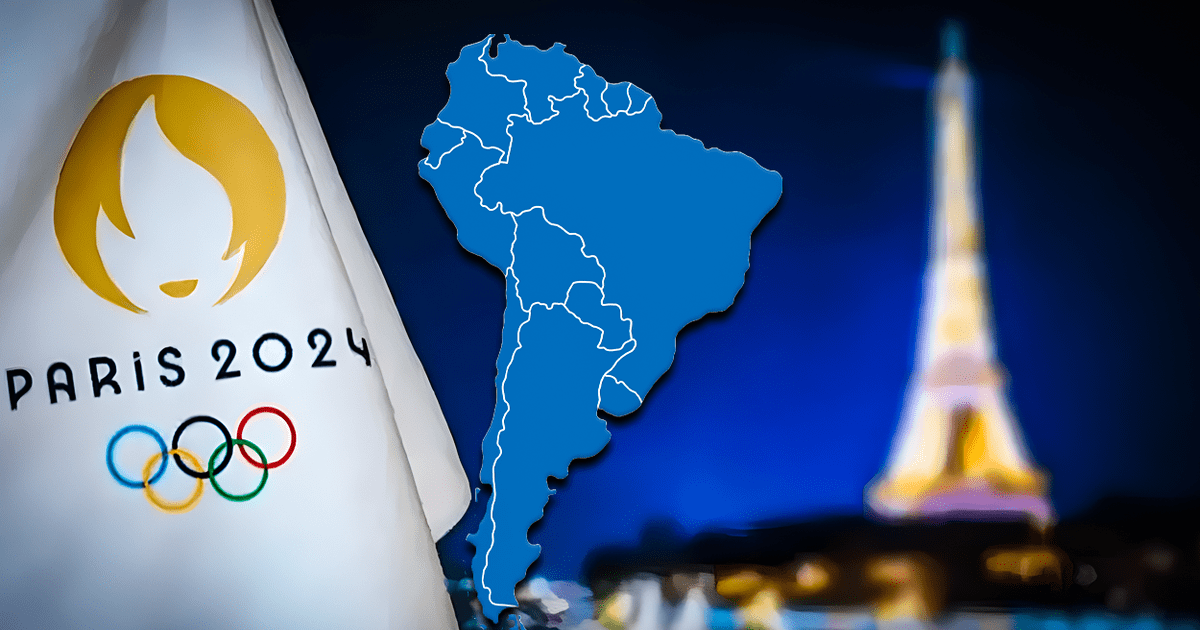Typhoon Saola made landfall in the southern Chinese province of Guangdong early on Saturday, killing at least one person and bringing strong winds, heavy rain and record storm surge to the region, including to Hong Kong, Shenzhen and Macau, according to China’s state-run news media.
As Saola was approaching the region on Friday with winds equivalent to those of a Category 4 hurricane, Hong Kong closed its stock market and schools, halted most public transportation and canceled hundreds of flights, the authorities said. Seas rose by up to 13 feet above normal tide levels, forecasters at the Hong Kong Observatory said.
Saola’s maximum sustained winds had weakened to 98 miles per hour by Saturday around noon in China, according to the Joint Typhoon Warning Center, a meteorological service operated by the U.S. Navy. That would make it a Category 2 hurricane on the five-tier scale used to measure tropical cyclones in the Atlantic.
Forecasters said they expected Saola to graze China’s southern coast and weaken to a tropical storm. More than a hundred flights in the region remained grounded, some public transportation was suspended, and schools postponed the start of the new semester, the state-run news media said on Saturday.
The authorities reported that 51 people in Hong Kong had been hospitalized with injuries during the storm and that nearly 500 others had sought refuge at temporary shelters. On Friday, the typhoon caused a tree to fall on a car in Shenzhen, a coastal megacity in the province of Guangdong, killing the driver and injuring two women, according to the state-run news media.
In Guangdong, hundreds of thousands of people had been evacuated from “risky areas,” according to state-run media. All trains in and out of Guangdong were scheduled to stop running until Saturday evening. Public transportation was also suspended in Shenzhen.
A second Pacific typhoon was also threatening China this weekend.
Haikui, was forecast to make landfall in eastern China, south of the city of Wenzhou, on Sunday, the U.S. Embassy in Beijing said in a weather alert. It said southern and eastern China could see damaging winds, heavy rains, flooding, mudslides and travel disruptions through Monday.
Typhoon Haikui, named after a sea anemone, had maximum sustained winds of about 90 m.p.h., the center said.
Hurricanes and typhoons are tropical cyclones with sustained winds of at least 74 m.p.h. The term “hurricane” refers to tropical cyclones in the Atlantic basin; “typhoon” refers to ones that develop in the northwestern Pacific and affect Asia.
Earlier this summer, dozens of people died in northern and northeastern China during heavy flooding.
Typhoon Saola, named for an elusive species of wild ox that is native to parts of Southeast Asia, has been moving through the region for days. It prompted evacuations in the Philippines, and school closings and travel disruptions in Taiwan.
There is consensus among scientists that tropical cyclones are becoming more powerful because of climate change and that the likelihood of major ones is increasing. Climate change is also affecting the amount of rain that storms can produce.
John Yoon, Eduardo Medina, Keith Bradsher, Judson Jones and Claire Fu contributed reporting.







